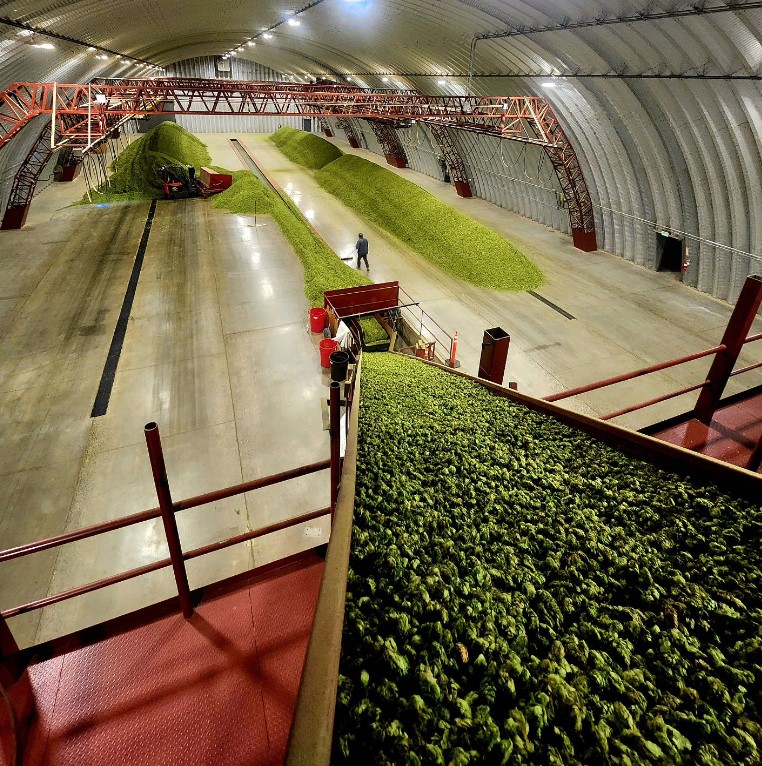* 2024 hop report
* Cascade, Citra & Saaz
* Hop breeding work
* When hops smelled different
* NZ hop awards
* BarthHaas grants
* Hop profile: Strata
Welcome to Vol. 8, No. 8. The first thing I did Friday when the USDA released the 2024 Hop Report was total up how many pounds of Citra farmers reported harvesting. I mentioned earlier this year that it seemed Czech Saaz production might surpass Citra. It did, probably. When I posted the numbers at Bluesky, there was a comment, “2025 the year of the lager.” I’m all for that idea, and it would be great for farmers if there were surging demand for any variety of hops, but this is part of an ongoing story about oversupply. I’ll be happy when that quits taking up so much space here.
THIS YEAR, ACREAGE REDUCTION WORKED
The news was not exactly news. Farmers in the Northwest states of Idaho, Oregon and Washington reduced acreage 18 percent from 2023 and production was down 16 percent. It fell from 104 million pounds to 87 million pounds. That’s the largest reduction since between 2010 and 2009, that a result of massive overproduction because of a short-term supply shortage. Then, production tumbled from 94,677 pounds to 65,492.
Last January, John I. Haas CEO Tom Davis told attendees at the American Hop Convention, “We think 10,000 acres of [aroma varieties] have to come out with ’24. We took out 9,000 acres last year and it didn’t dent surplus, and that’s what is the painful part for all of us here. We have grown an industry very large, but it was more than it needed to be.”
Despite reducing acreage in 2023, growers harvested 104 million pounds, compared to 102 million in 2022. Although average yield per acre crept up in 2024, in part because higher yielding alpha hops now account for a larger percentage of acreage, the reduction probably means farmers harvested fewer pounds of hops valued for their aroma than brewers actually used.

